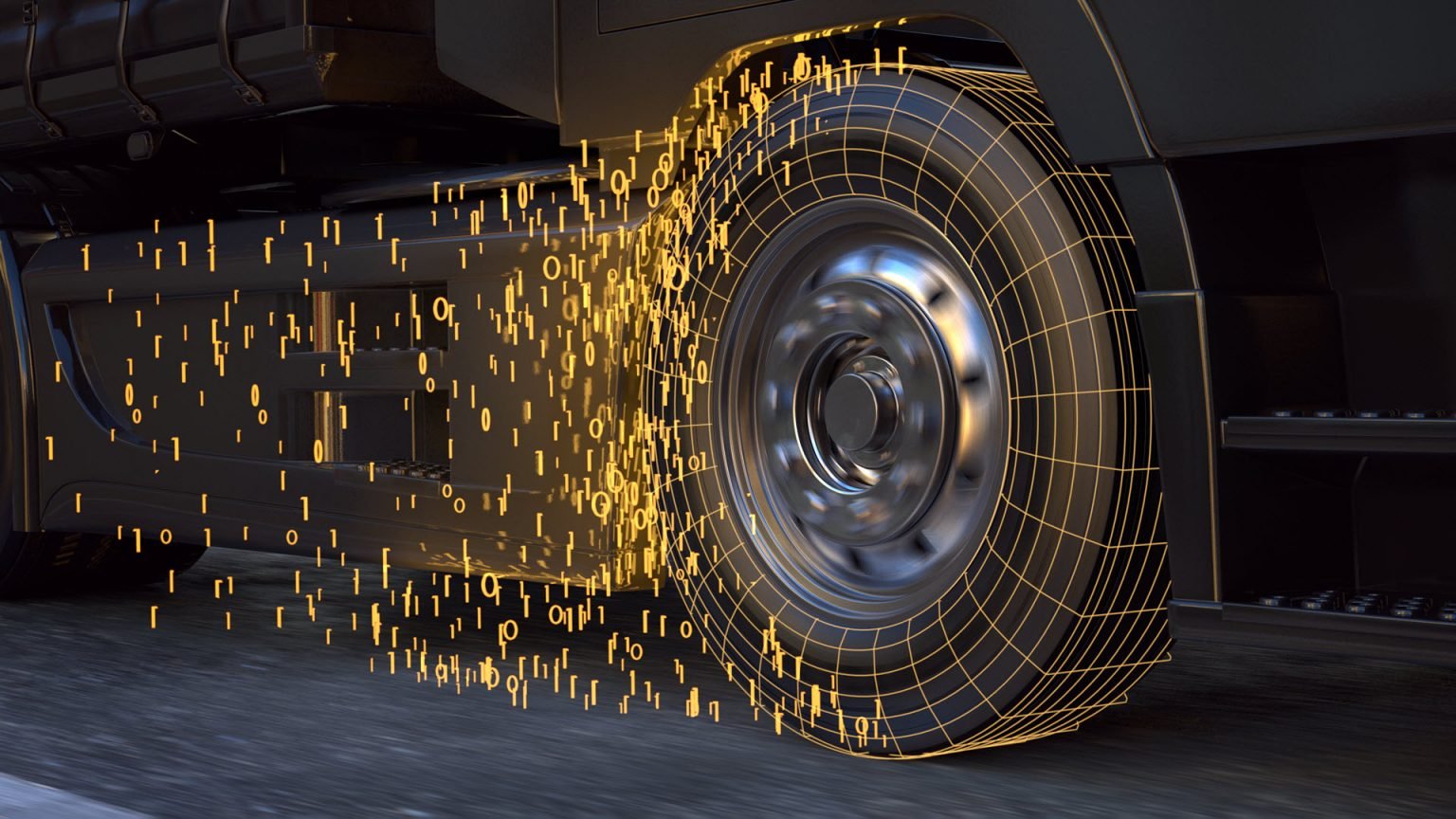
Do Car Tires Have Inner Tubes? Unraveling the Evolution of Tire Technology
Car tires, those often-overlooked rubber companions of our vehicles, have come a long way in terms of technology and design. One question that might cross your mind is whether car tires still use inner tubes, a technology associated with older vehicles and bicycles explore now. In this exploration, we’ll delve into the realm of tire technology, understand the concept of inner tubes, and unravel the mystery of whether modern car tires still rely on this age-old technology.
Do Car Tires Have Inner Tubes?
Tire technology has undergone a significant evolution since the early days of automotive history. In the past, tires were often equipped with inner tubes. These tubes served as inflatable cushions, providing support to the tire and maintaining proper air pressure. They were a crucial component, ensuring that the tire stayed inflated and provided a smooth ride.
Evolution of Tire Technology
As automotive technology advanced, so did tire technology. The transition from bias-ply to radial tires marked a significant shift. Radial tires, with their reinforcing plies running radially from the center to the edges, offered better traction, improved fuel efficiency, and a smoother ride compared to their bias-ply counterparts.
Inner Tubes: What Are They?
Inner tubes are inflatable rubber tubes that sit inside the tire, holding the air that supports the tire structure. They were a standard feature in older vehicles and are still used in some specific applications, such as off-road and agricultural vehicles. The use of inner tubes was practical in the past, providing an additional layer of protection against punctures and allowing for easier repairs.
Tubeless Tires: The Modern Alternative
The emergence of tubeless tires revolutionized the automotive industry. Tubeless tires do away with the inner tube, relying on a reinforced tire bead and a special lining within the tire to contain the air. This design offers several advantages, including reduced weight, better heat dissipation, and a decreased risk of sudden blowouts. Tubeless tires have become the norm for most modern vehicles, providing a more reliable and durable solution.
Do Car Tires Have Inner Tubes?
In the context of contemporary automobiles, the majority of car tires are, indeed, tubeless. The shift away from inner tubes in car tires started gaining momentum in the mid-20th century. As technology advanced, manufacturers embraced tubeless designs for their inherent benefits. The automotive industry transitioned to this newer tire technology, making inner tubes increasingly obsolete for standard passenger vehicles.
Pros and Cons of Inner Tubes in Car Tires
Pros
- Puncture Repair: Inner tubes can be easier to repair in the case of a puncture, as the tube can be patched or replaced separately.
- Cost: In some cases, inner tubes can be more cost-effective than tubeless tires.
Cons
- Puncture Vulnerability: While inner tubes may be repairable, they are also more susceptible to punctures, as any breach can result in a loss of air pressure.
- Complexity: Inner tubes add complexity to tire maintenance and replacement procedures, requiring additional steps and skills.
Maintaining Tires with Inner Tubes
For those with vehicles that still use inner tubes, proper maintenance is crucial. Regularly checking and maintaining tire pressure, inspecting for punctures, and ensuring the integrity of the inner tube are essential practices. Adequate care can extend the life of both the tire and the inner tube, providing a safer and more reliable driving experience.
Future Trends in Tire Technology
While tubeless tires have become the standard for most vehicles, tire technology continues to evolve. Innovations such as run-flat tires, self-sealing tires, and airless tires are being explored to address specific challenges and improve overall safety. These advancements aim to enhance the driving experience and further reduce the need for frequent tire maintenance.
FAQs
Do Car Tires Come With Inner Tubes?
In most cases, no. The majority of modern cars use tubeless tires.
When Did Car Tires Stop Using Inner Tubes?
The shift away from inner tubes in car tires gained traction in the mid-20th century, and tubeless tires became the norm.
Why Don’t Car Tires Have Inner Tubes?
Tubeless tires offer advantages such as reduced weight, better heat dissipation, and a decreased risk of sudden blowouts, making them a preferred and more advanced option.
Can You Put An Inner Tube In A Car Tire?
While technically possible, it is not recommended for standard passenger vehicles. Modern cars are designed for tubeless tires, and using inner tubes may compromise safety and performance.
Conclusion:
In the dynamic world of automotive technology, the use of inner tubes in car tires has become a rarity. The transition to tubeless tires has brought about improvements in safety, performance, and overall driving experience. As we look toward the future, ongoing innovations in tire technology will likely continue to shape the way we traverse the roads, ensuring that our journeys are not only smooth but also safe and efficient. Embracing these advancements is not just a matter of keeping up with the times; it’s a commitment to a safer and more enjoyable driving experience.



